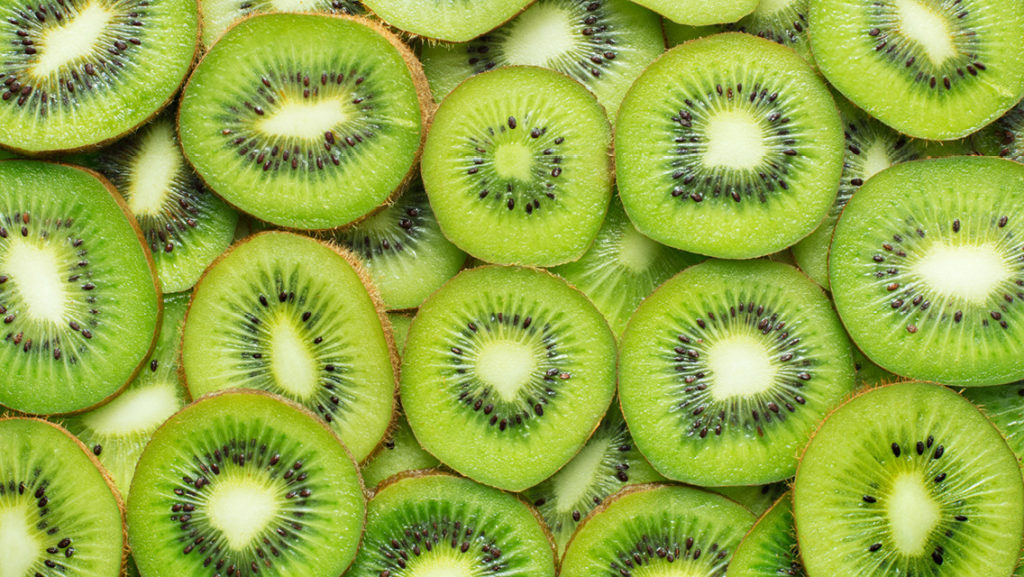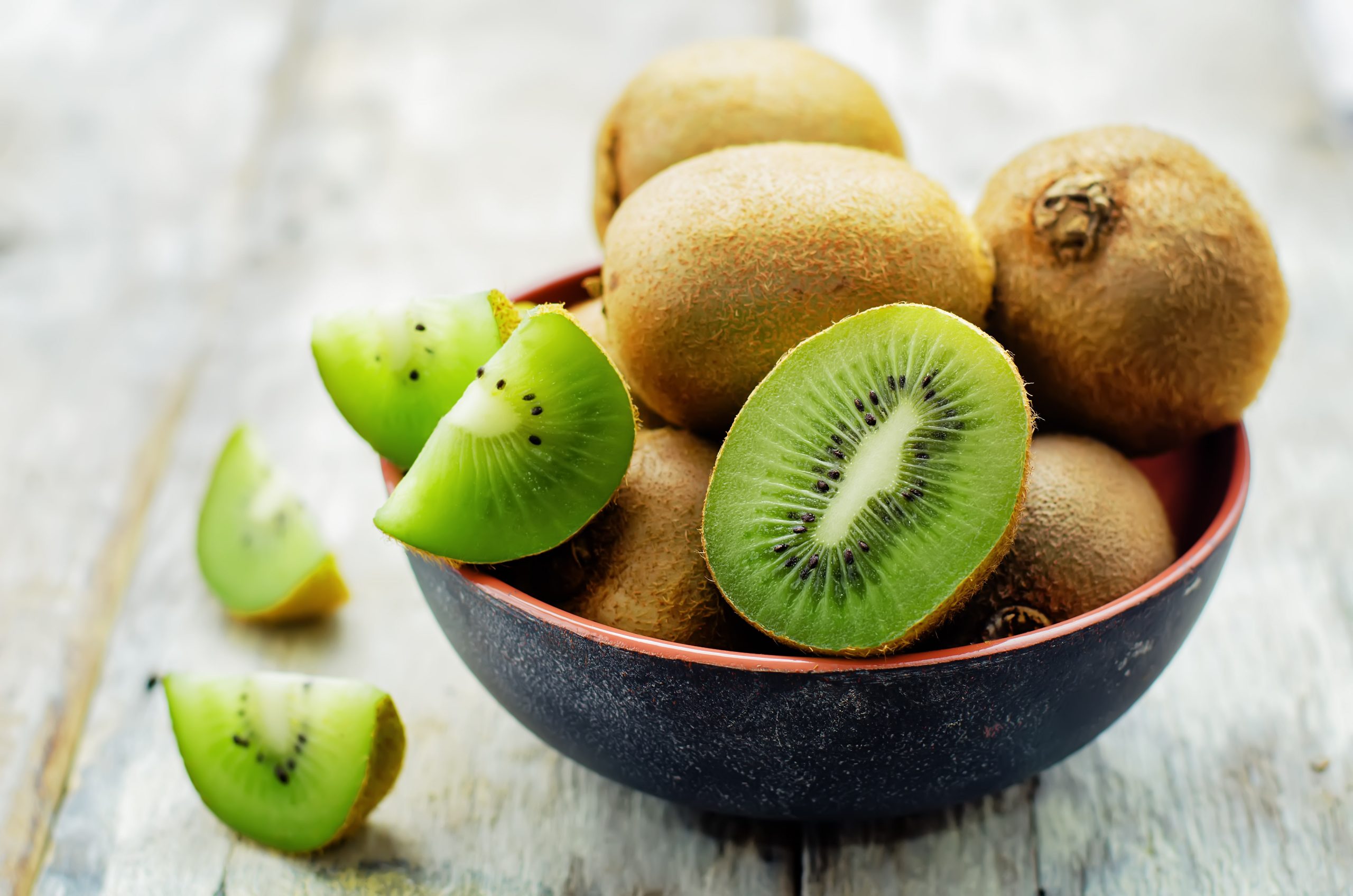A Deep Dive Into Kiwi Cultivation: Unveiling the Techniques, Challenges, and Potential for Lasting Farming
Are you interested in the tricks behind successful kiwi cultivation? Look no further! In this short article, we will take you on a deep study the strategies, obstacles, and capacity for lasting farming in the globe of kiwis. Discover the ideal growing conditions, cutting-edge farming strategies, and the lasting techniques that can open the complete capacity of kiwi farming. Prepare to uncover the hidden expertise that will revolutionize your kiwi growing endeavors.
Optimum Expanding Conditions for Kiwi Plant Kingdoms

Cutting-Edge Cultivation Strategies
To optimize kiwi cultivation, use sophisticated methods that improve productivity and sustainability. One such strategy is accuracy agriculture, which uses sophisticated technologies like drones, GPS, and remote noticing to check and manage plants extra successfully. Drones geared up with multispectral video cameras can capture high-resolution photos of kiwi plants, making it possible for farmers to evaluate their health and detect any kind of indications of condition or anxiety. GPS modern technology permits accurate mapping and monitoring of the kiwi vines, maximizing irrigation and fertilizing methods to ensure that each plant obtains the required nutrients and water. Another innovative technique is upright farming, which involves expanding kiwi plants in piled layers utilizing artificial illumination and climate-controlled environments. This technique optimizes land use effectiveness and lowers water consumption, making it suitable for metropolitan locations or regions with minimal cultivable land. Additionally, aeroponics and hydroponics systems are gaining appeal in kiwi cultivation. These soilless farming approaches give plants with a nutrient-rich service or haze, specifically, advertising faster growth and higher returns. By embracing these sophisticated techniques, kiwi farmers can accomplish higher performance, maximize resource usage, and add to lasting farming practices.
Difficulties Faced by Kiwi Farmers
Facing many challenges, kiwi farmers should navigate through various barriers to ensure effective farming and lasting farming practices. Among the major difficulties they deal with is climate irregularity. Kiwi plants call for a details environment to prosper, with warm summers and great winters months. Nevertheless, unforeseeable weather patterns, such as severe temperature levels, frost, and drought, can interfere with the development and development of kiwi plants. Farmers need to constantly check weather prediction and apply methods like irrigation, frost security, and shade fabric to reduce the adverse impacts of environment variability.
Another considerable difficulty for kiwi farmers is bugs and conditions. Kiwi creeping plants advice are susceptible to a range of insects, including mites, aphids, and thrips, which can damage the leaves and fruit.
Kiwi cultivation requires labor-intensive tasks, such as harvesting, trellising, and trimming. Finding competent laborers that are company website educated regarding kiwi farming methods can be tough.
Sustainable Farming Practices for Kiwi Growing

To guarantee lasting kiwi growing, you can carry out a variety of techniques that advertise ecological stewardship and lasting feasibility of your ranch. One vital method is making use of organic plant foods and pest management methods. By avoiding artificial chemicals and instead selecting natural options, you can decrease the unfavorable influence on dirt wellness and biodiversity. In addition, it is important to exercise liable water monitoring. Kiwi plants call for a considerable quantity of water, however excessive watering can lead to water waste and soil erosion. Applying efficient watering systems, such as drip watering or precision lawn sprinklers, can assist conserve water and optimize its usage. One more sustainable farming practice is making use of cover crops. These plants not just aid avoid dirt disintegration but likewise enhance dirt fertility by adding raw material and dealing with nitrogen. Implementing incorporated pest administration strategies can significantly reduce the need for chemical pesticides. By urging natural killers, utilizing pheromone traps, and practicing plant rotation, you can efficiently manage insects while lessening environmental harm. Taking on lasting power practices, such as utilizing solar power or investing in energy-efficient innovations, can lower your ranch's carbon footprint and contribute to a more lasting kiwi farming system.
Unlocking the Potential of Kiwi Farming
By executing sustainable farming methods, you can unlock the complete possibility of kiwi farming while minimizing ecological effect. Kiwi farming has immense possibility for development and productivity, however it likewise includes its own set of obstacles. To completely open this potential, it is crucial to take on sustainable strategies that not just maximize return and top quality but also ensure long-term viability.
One key facet of opening the capacity of kiwi farming is enhancing irrigation methods - what do kiwis taste like. Kiwi plants need top article a certain quantity of water to flourish, and by utilizing efficient irrigation systems such as drip watering or precision sprinklers, you can minimize water wastefulness and minimize the threat of waterlogging or dirt erosion
An additional vital aspect is soil health monitoring. Healthy and balanced and productive dirt is necessary for the development and advancement of kiwi plants. By executing practices such as cover chopping, plant turning, and natural fertilization, you can improve dirt structure, boost nutrition availability, and decrease the requirement for chemical inputs.
Additionally, incorporated pest monitoring (IPM) techniques are critical in unlocking the possibility of kiwi farming. By adopting IPM approaches such as biological pest control, pheromone catches, and crop tracking, you can successfully manage bugs and diseases while decreasing using chemical pesticides.
Conclusion
In conclusion, kiwi growing holds fantastic prospective for lasting farming techniques. With optimum growing conditions and an emphasis on lasting techniques, kiwi farming can thrive while reducing environmental effect.
Discover the optimum expanding problems, advanced growing methods, and the lasting techniques that can open the complete possibility of kiwi farming. By welcoming these cutting-edge techniques, kiwi farmers can achieve greater productivity, enhance resource utilization, and add to sustainable farming practices.
Encountering many challenges, kiwi farmers should browse with numerous barriers to guarantee successful growing and sustainable farming methods.By executing sustainable farming practices, you can unlock the full capacity of kiwi farming while reducing environmental impact.In verdict, kiwi farming holds wonderful possible for lasting farming methods.